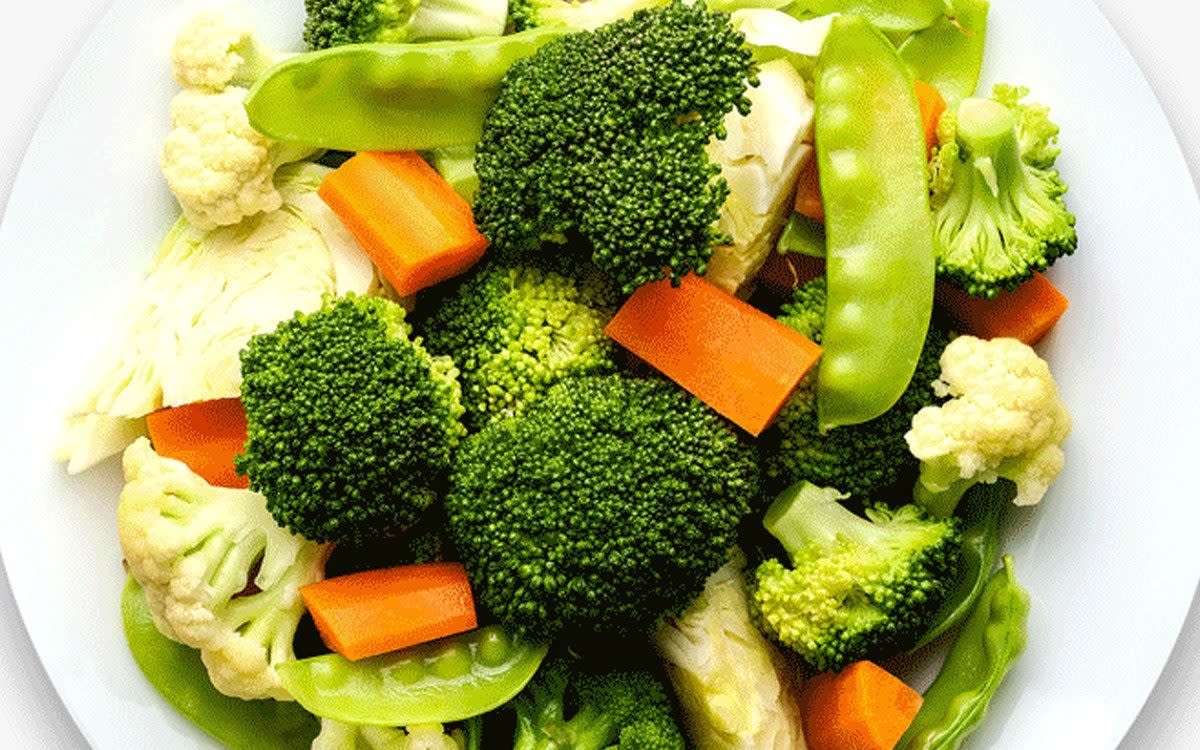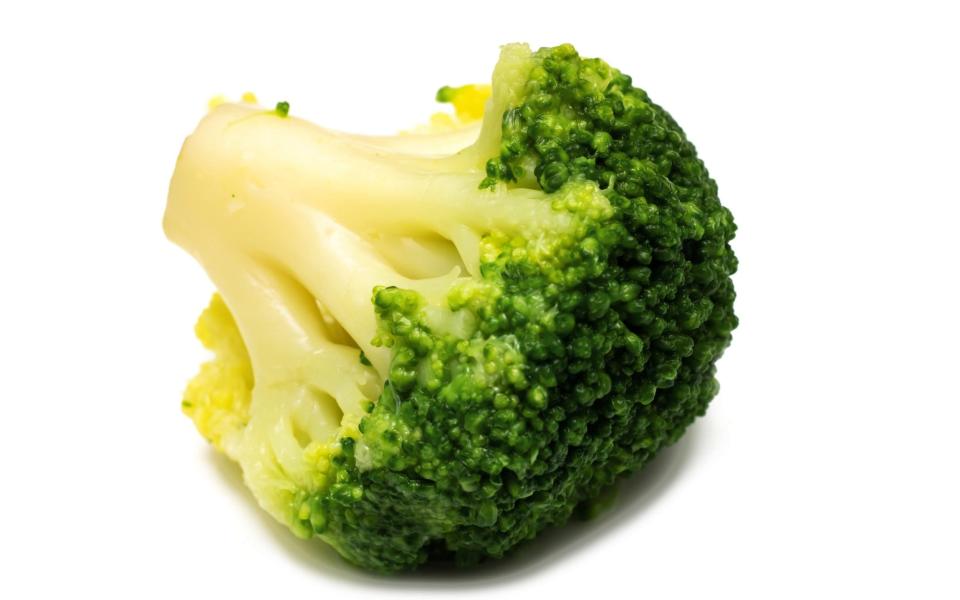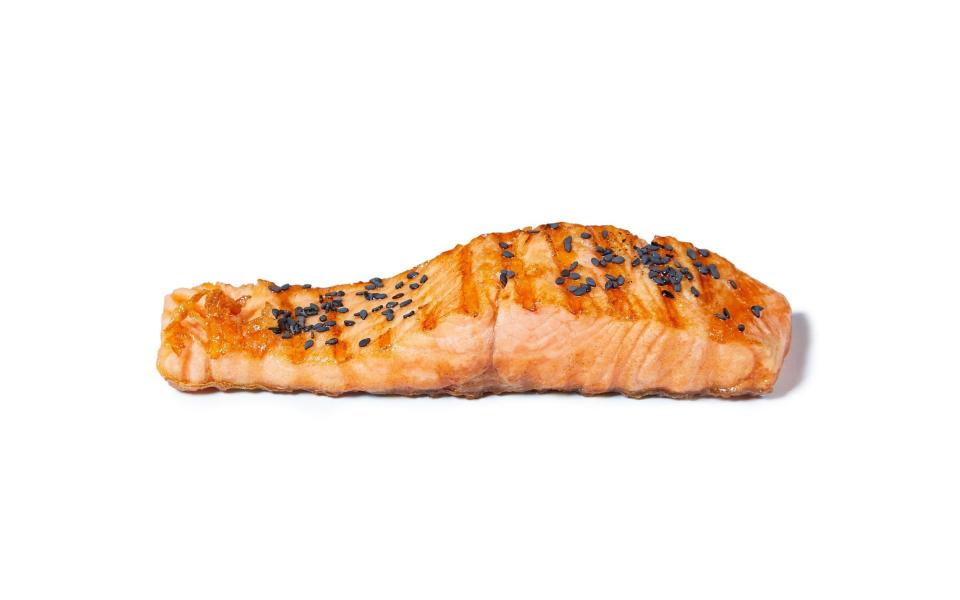Why you should eat your vegetables first to get the ‘Ozempic effect’


How much thought do you put into the order in which you eat your food? Social media is currently buzzing with advice about “nutrient sequencing”.
Swallowing the greens (fibre) on your plate first, then your chicken (protein), and your roast potatoes (carbs) last of all will – proponents claim – reduce food cravings, lower inflammation and help to protect you from diabetes.
But does the science stack up?
What is nutrient sequencing?
“Vegetables first, proteins and fats second, and starches and sugars last,” instructs Jessie Inchauspé, a French biochemist and author of The Glucose Goddess Method, in one popular Instagram video. Her advice runs contrary to the convention of picking at the bread basket while waiting for your main, and then rounding off your supper with a cheese board. So why exactly should we turn the habit of a lifetime on its head?
Eating in this order can reduce the blood sugar spike your meal creates by up to 75 per cent, claims Inchauspé. She also says that other benefits include “most people will feel more satiated, will avoid the post-meal energy crash (which can be a side effect of a glucose spike and then a dip), and you’ll significantly reduce sugar cravings too.” Before adding: “Honestly, it’s so easy and it’s a win-win, why not try?”
So how does it work?
Eat vegetables first...

“Veggies contain fibre, and eating this substance at the beginning of a meal can create a mesh in the upper part of your intestine,” explains Inchauspé. “This mesh then slows down the absorption of the rest of the food during the meal, slowing down the speed at which sugar molecules from the carbs you might eat afterwards will reach your bloodstream. The result? Steadier blood sugar levels, even though you ate the exact same thing.”
Eating fibre-rich vegetables before carbs does produce a smaller blood sugar response than eating carbs before fibre, agrees Dr Federica Amati, the author of Every Body Should Know This and the head nutritionist at the science and nutrition company Zoe.
She suggests wearing a continuous glucose monitor and you will see this for yourself. “If you eat a slice of white bread, you can watch your glucose levels rise,” she says. “But if you eat fibre-rich fruit or veg before the bread, you’ll notice a smaller rise.”
...then protein and fat

Proteins and fats also take longer to digest than simple carbohydrates, says Inchauspe. Eating them before potatoes or pasta will also have benefits on your blood sugar levels. “But” she continues, “in my opinion, veggies first and carbs last is by far the most important aspect of this.”
In 2023, a review of 11 studies concluded that people who ate carbohydrate-rich foods at the end of a meal (after vegetables and proteins), had significantly lower blood sugar levels than those who consumed them at the start of a meal.
Amati adds: “Even if you don’t eat these different foods in a strict order, their nutrients still interact inside you and influence your metabolic response. If you ate a bowl of pasta with nothing added, you would get a larger blood sugar rise and less variety of nutrients than if you added extra virgin olive oil (high in fat), beans (high in fibre and protein) and some veggies (high in fibre).”
Does nutrient sequencing work for diabetics?
So, you do not need to eat your Bolognese sauce before your spaghetti to capitalise on some of its potential to slow your blood sugar response.
“The studies we reviewed included both healthy people and those with diabetes or prediabetes,” says Dr Patrick B Wilson, a registered dietitian, associate professor at the Old Dominion University in the US, and co-author of the 2023 review.
“Ultimately, however, the health implications are probably more relevant for people with diabetes, as they have persistently high blood glucose levels. Whether there are any substantial health implications for people with no pre-existing metabolic diseases is uncertain,” he says.
“A temporary increase in blood glucose and insulin after eating is normal, so we don’t want to oversell this as a strategy that is going to be helpful for everyone.”
The ‘Ozempic effect’
“There is good science behind the impact of nutrient sequencing for people with metabolic conditions like Type 2 diabetes and obesity,” agrees Amati, and for reasons that go behind the immediate impact on blood sugar. “Eating protein and/or fat before carbs, promotes the release of a hormone called glucagon-like peptide-1 (GLP-1) from the gut,” she explains.
“This hormone triggers insulin and glucagon secretion and slows how quickly food leaves your stomach.”
Not only will you be less likely to have a pronounced blood sugar response, but GLP-1 also makes you feel fuller quicker. Which is not surprising given the fact it is the hormone that the diabetes drug Ozempic mimics.
Will nutrition sequencing help you lose weight?
So, should everyone looking to lose a few pounds or feel a little healthier start sequencing their nutrients? “It’s a great idea to test out – it’s very easy, free, and can change how you feel,” says Inchauspé.
Amati, however, advises that people should be a little more cautious before going ahead. “This might be helpful for some people, helping them to feel fuller, but focusing on the sequence of your nutrients can foster an unhealthy relationship with food,” she warns.
“I think the key is not to get obsessed. This is most likely to be helpful for people with metabolic conditions, and is only part of the puzzle.”
Hence, for those of us looking for a magic shortcut, the most effective strategy for healthy weight-loss involves more work. Amati suggests the old advice still applies: eat a vegetable-rich diet and move around more. That’s not to say making a few tweaks won’t make a difference. “For instance, if you go out for a meal, choose a fibre-rich plant-based starter,” she suggests. “That way, even if you have a mixed main meal – for example, pasta, cheese, and sauce – you already have a base layer of fibre.”
And one final word of advice for lovers of the bread basket. “The Mediterranean way to start a meal – with vegetable antipasti – is better for our health and packs more nutrients and flavour,” she says.

 Yahoo News
Yahoo News 
